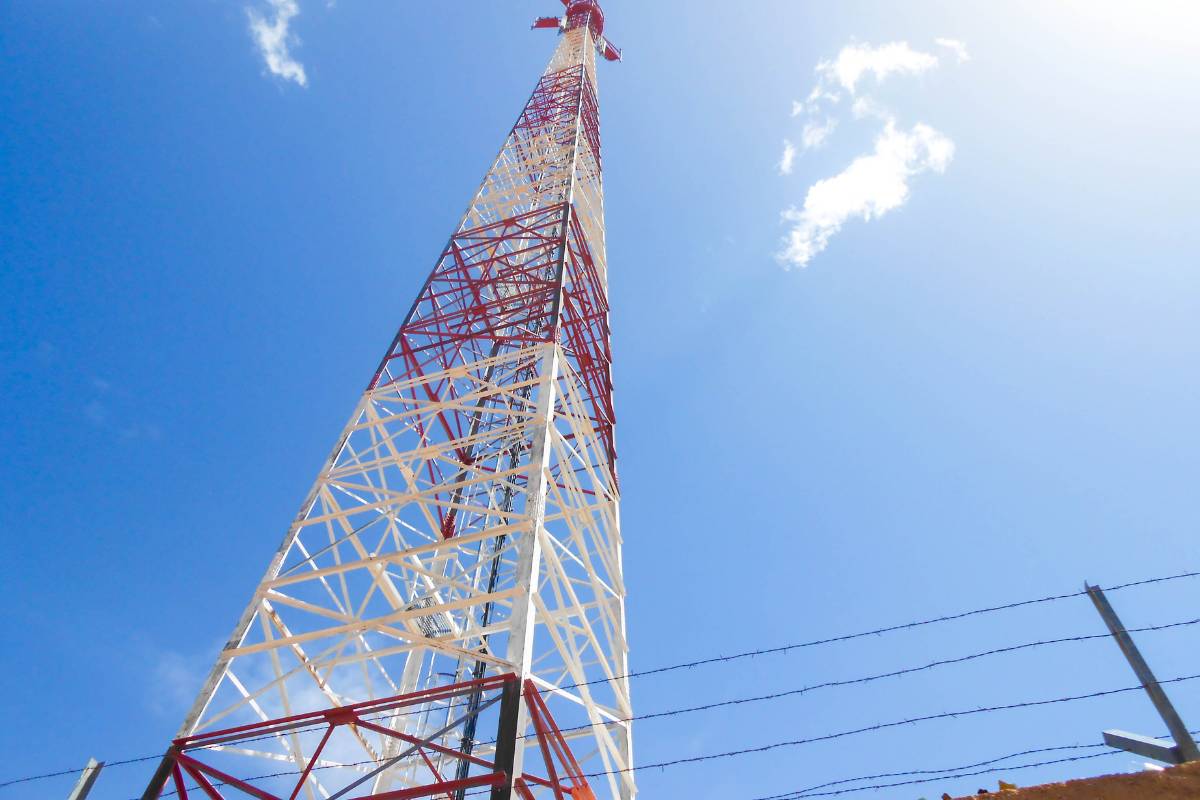It looks like the tariff hike helped the telcos in increasing the industry prepaid average revenue per user (ARPU) from wireless services in Q3 FY22. However, at the same time, the drive from Jio to remove inactive subscribers from its portfolio caused a major decline in wireless subscribers from the industry during the quarter. According to the data shared by the Telecom Regulatory Authority of India (TRAI), there was a net decrease of 11.40 million subscribers during the quarter. The total wireless subscriber base decreased from 1,166.02 million at the end of September 2021 to 1,154.62 million at the end of December 2021. However, on a YoY basis, wireless subscribers increased at the rate of 0.07%. At the same time, there was an increase in wireline customers. This would be due to more people opting for fiber broadband plans. From 23.13 million at the end of September 2021, the wireline customers increased to 24.79 million users. On a YoY basis, this is a growth of 18.63%.
Prepaid ARPU Grew 5.5% QoQ
From the TRAI data, it can be seen that the prepaid ARPU from the wireless services grew 5.5% QoQ to Rs 114.16 in the December 2021 quarter from Rs 108.16 in September 2021 quarter. It is worth noting that the monthly ARPU from prepaid services increased from Rs 102.16 at the end of September 2021 to Rs 107.98 at the end of December 2021. But, during the same period, the postpaid ARPU fell from Rs 212.28 (September end) to Rs 210.33 (December end). It was interesting to note that the overall minutes of usage (MOU) per subscriber per month for wireless services increased by 3.33% QoQ from 827 during the September quarter to 854 in the December quarter. This happened despite more and more people resorting to third-party voice applications for voice calling, such as WhatsApp, Telegram, and more. The license fee (LF) increased from Rs 4271 crore during the September quarter to Rs 4,541 crore at the end of the December quarter.
